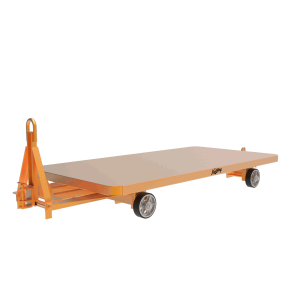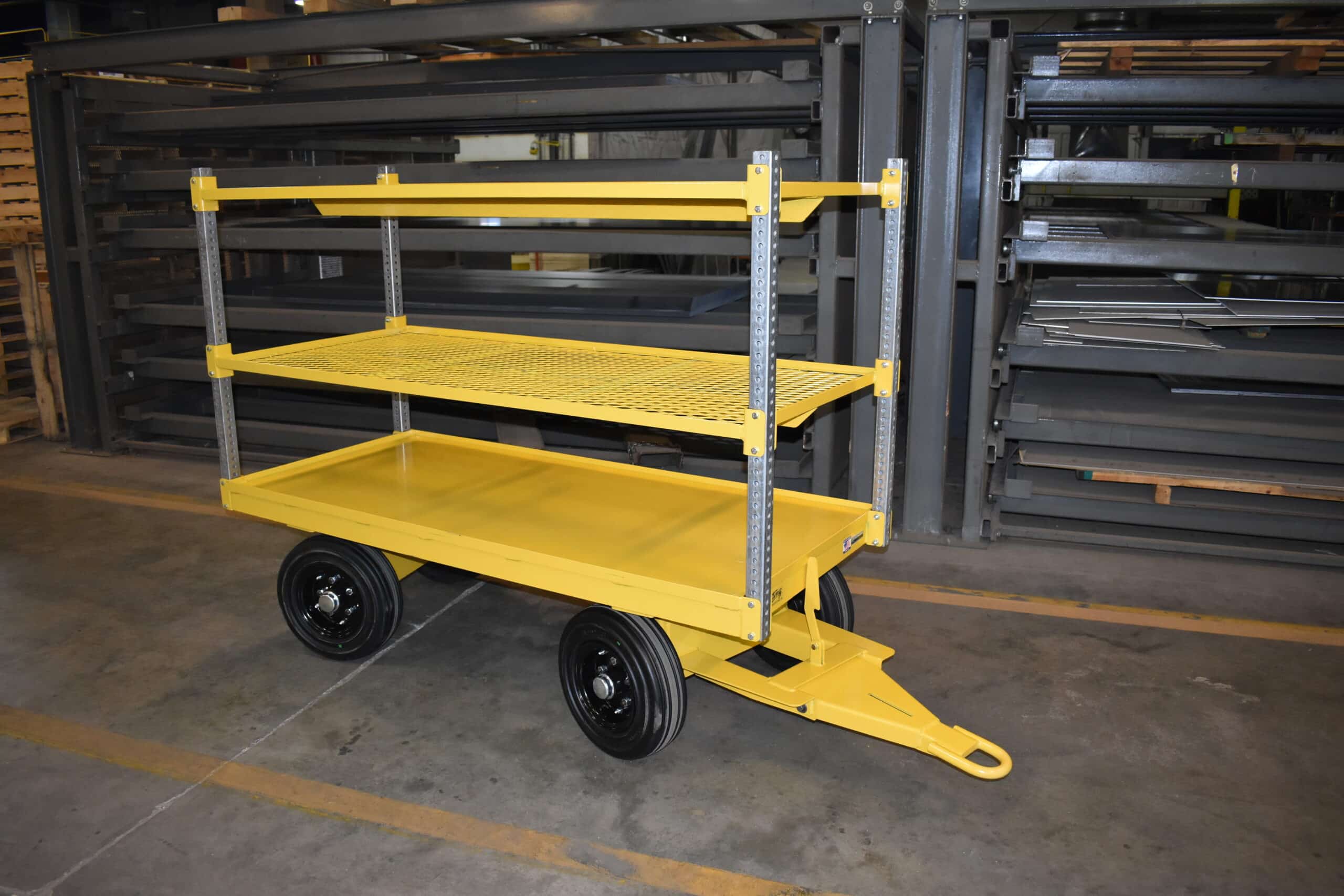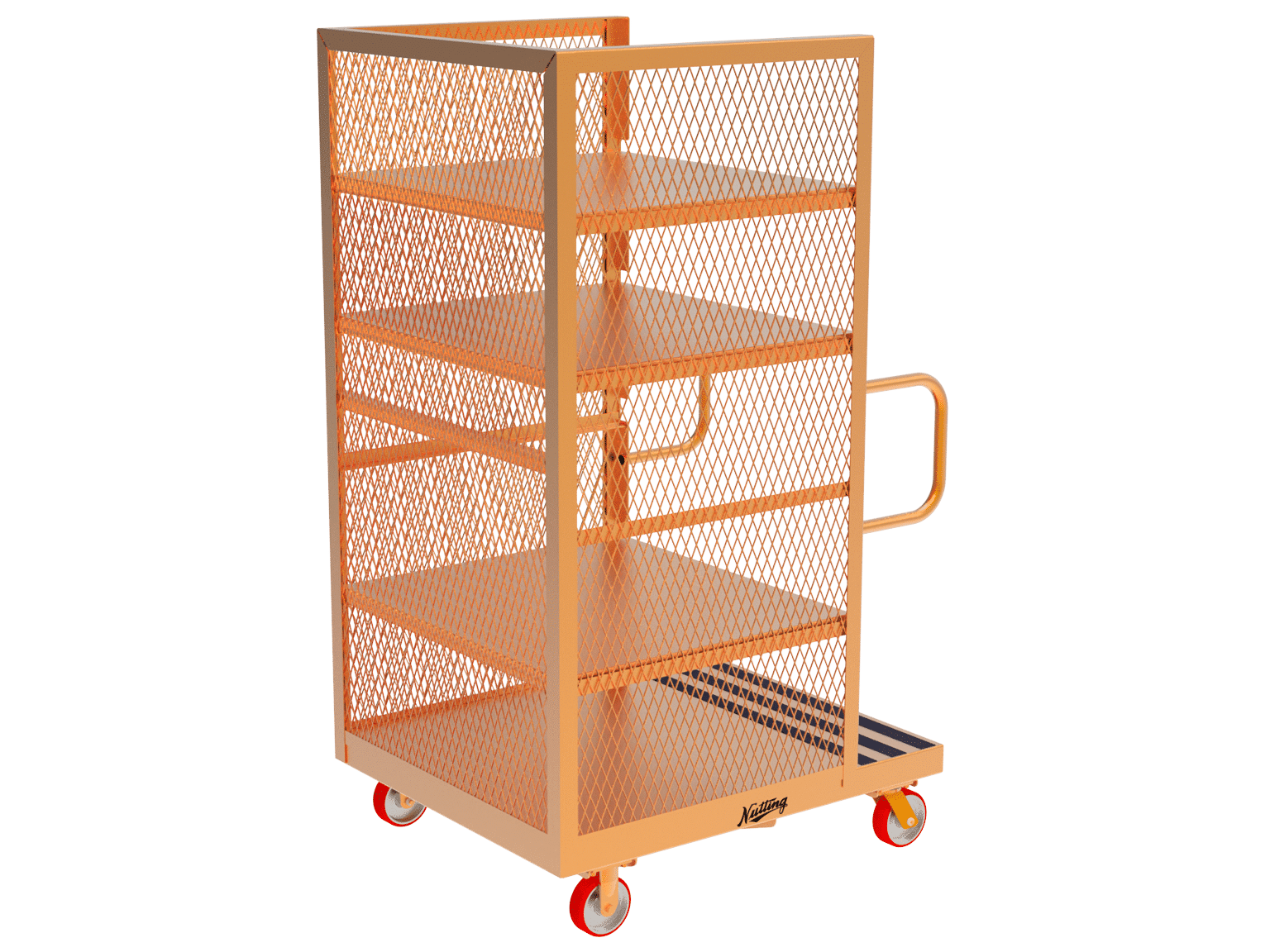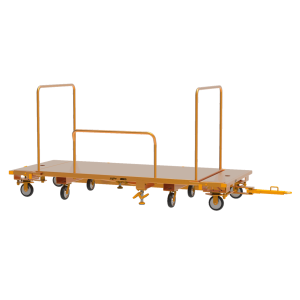We discuss the putaway process in warehousing, its stages, benefits, various strategies for optimization, and its impacts on overall warehouse operations.
Behind every swift delivery and seamless order fulfillment, there lies a carefully executed set of steps that define the crucial putaway process.
A finely tuned putaway strategy is the cornerstone of efficient warehouse operations, serving as the first step towards optimizing productivity, accuracy, and speed in your workflow.
Lets unravel the intricacies of putaway optimization, provide actionable insights, and offer proven techniques to streamline your operations. You’ll learn how to leverage the latest technology, best practices, and strategic planning to transform your putaway process and take your warehouse management to the next level.
Understanding the Putaway Process in Warehousing
The putaway process in a warehouse refers to the set of actions taken to store incoming goods in the warehouse after receiving them. This is an essential stage in the warehouse operation because the efficiency and accuracy of the putaway process can significantly impact the overall productivity and effectiveness of a warehouse.
Here are the general steps involved in the putaway process:
Receiving: The putaway process begins when goods are received at the warehouse dock. This involves checking the received goods against the purchase order to ensure that the right items have been delivered in the correct quantities.
Inspection: After receiving, the goods may go through quality checks which are crucial to ensure that valuable storage availability isn’t being used for faulty products.
Recording: The received goods are then entered into the warehouse management system (WMS). This step is critical to maintaining accurate inventory records.
Sorting: Depending on the size and complexity of the warehouse operation, the goods may be sorted before putaway. Sorting can be done based on several criteria such as item type, destination zone, or storage requirements.
Storing: Finally, the goods are transported to their designated location in the warehouse and stored. The WMS is updated to reflect the new location of the goods.
The Integral Role of Putaway in Warehouse Operations
The putaway process is integral to warehouse operations for several reasons:
Benefits Subsequent Processes: It can impact the efficiency of subsequent warehouse processes like picking and packing. For instance, strategic putaway can minimize travel time for warehouse employees during picking.
Supports Inventory Management: Accurate putaway helps maintain inventory accuracy, which is vital for order fulfillment and avoiding stock-outs or overstocking.
Improves Organization: It can impact the utilization of warehouse space. Effective putaway strategies aim to maximize the use of available space and maintain an organized distribution center.
Lowers Costs: The putaway process can influence labor costs. The more efficient the process, the lower the time and labor required.
Given its significance, many warehouses are increasingly looking to optimize their putaway processes. This can involve various strategies such as implementing advanced WMS software, using automated equipment, and adopting techniques such as cross-docking and drop-shipping.

Different Types of Putaway Strategies for Optimal Efficiency
There are several types of putaway systems or processes that warehouse managers can use to optimize their operations. The choice of strategy often depends on the specific needs of the warehouse, including the type of goods stored, the warehouse’s size, and its technological capabilities. Here are some commonly used putaway strategies:
Random Putaway: In random putaway, goods are placed in any available location in the warehouse. While this method can be efficient in terms of storage space utilization, it may require a robust Warehouse Management System (WMS) to keep track of where everything is located.
Fixed Location Putaway: This method involves assigning specific locations in the warehouse for specific goods. It makes locating items easier and may be best for high-volume items or goods with special storage requirements. However, it can result in inefficient space usage if not managed properly.
Zone Putaway: In this strategy, the warehouse is divided into zones, and items are assigned to these zones based on certain characteristics, such as product type, size, or storage requirements. This method can make picking processes more efficient and organized.
Direct Putaway: Directed putaway relies on a WMS to determine the optimal location for each SKU. The system considers factors such as available space, proximity to picking locations, and item characteristics to assign storage locations. This method can greatly increase efficiency and space utilization. In order to implement this strategy, your WMS must be able to assign a product’s final location from an advanced shipment notice or from the receiving dock.
FIFO (First-In-First-Out) Putaway: Ideal for perishable goods or items with expiration dates, this strategy ensures that the oldest items (first in) are sold or used before newer ones (first out).
LIFO (Last-In-First-Out) Putaway: This strategy is the opposite of FIFO and is suitable for non-perishable goods. The most recently received items (last in) are the first ones to be sold or used (first out).
Volume-Based Putaway: High-volume items are stored in locations that are easy to access, while low-volume items are stored in less accessible locations. This strategy is aimed at reducing picking time.
Dynamic Putaway: Dynamic putaway utilizes dynamic locations or temporary locations to store inbound inventory based on real-time inventory levels and changes in demand.
Each of these strategies has its advantages and potential drawbacks, and many warehouses use a combination of strategies to meet their specific needs. Equipment such as custom quad-steer carts can also play an integral role in facilitating the putaway and order picking processes, especially in warehouses with narrow aisles and tight turns.

Steps to Achieving an Organized and Efficient Warehouse
An efficient putaway method is the cornerstone of a well-organized warehouse. While understanding the putaway process is the first step, implementing changes that lead to its enhancement is the real challenge. Here are some practical steps that you can take to optimize your overall warehouse operations.
Train Warehouse Workers: Workers should be well-versed in the putaway process and the specific methods your warehouse employs. Regular training programs can ensure that employees are up-to-date on best practices and understand the impact of their work on overall warehouse efficiency.
Leverage Technology: Utilizing technology like Warehouse Management Software (WMS) and barcoding systems can streamline your putaway process, reduce human errors, and enhance inventory tracking.
Optimize Warehouse Layout: Your warehouse layout plays a significant role in the efficiency of your putaway process. Make sure to organize your storage locations and slots based on product type, frequency of orders, and compatibility with other items.
Regularly Review and Update Putaway Processes: Warehouse operations and market demands evolve over time, and so should your putaway process. Regular reviews can help identify inefficiencies and areas for improvement.
Understanding and improving the putaway process can significantly enhance your warehouse’s order fulfillment and space utilization.
One method that could enhance your order fulfillment further is milk run logistics. This approach, where a single transport vehicle collects and delivers goods in a route with several stops, can significantly optimize your warehouse storage and retrieval process.
The Power of an Optimized Putaway Process
The putaway process, often overlooked, is a linchpin in the operations of an effective warehouse. Its efficiency directly impacts the smooth flow of goods, from the receiving area to the designated storage locations. It also impacts other warehouse processes, including picking and order fulfillment, making it an integral part of the warehouse’s operational health
Optimized putaway operations also eliminate unnecessary handling and movements, cutting down the time required to store and retrieve items. It allows your warehouse to process a higher volume of inbound and outbound goods and can enhance your warehouse’s response to variations in order volume and shipping frequency.
In the fast-paced world of distribution and logistics, a meticulously planned and executed putaway process can make all the difference. However, the efficacy of your putaway process doesn’t stop at strategy and planning – it extends to the tools and equipment your workers use daily.
One such tool that can greatly enhance your putaway process is an electric tugger system. With the right equipment, you can minimize physical strain on your workers, improve safety, and optimize the movement of goods within your warehouse. To see what it would take to get a tugger system set up in your facility, read more about our MasterMover Electric Hand Tuggers here.
Ultimately, the power of an optimized putaway process is its impact on the broader objectives of your warehouse: to facilitate the seamless flow of goods, meet customer demands, and maintain a high level of operational efficiency. The putaway process is not just a warehouse operation but a strategic element of your business that, when managed correctly, can bring significant improvements to your bottom line.







